5 women writers who broke the mould
Published on: 09 June 2016 Author: Sophie Offord
History is full of pioneering women writers who give convention the slip - and children's books are no exception.
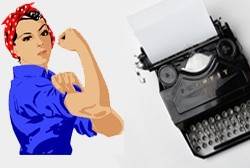
Children's books have always championed some of the most extraordinary and ground-breaking writers. Many of these have been women, fighting hard to challenge the social stereotypes of their day.
In fact, we think these children's authors should be lauded and applauded just as much as your Virginia Woolfs and George Eliots.
Don't believe us? Dust down their books from the attic, and read up on these five - among many - female authors below.
1. Louisa May Alcott
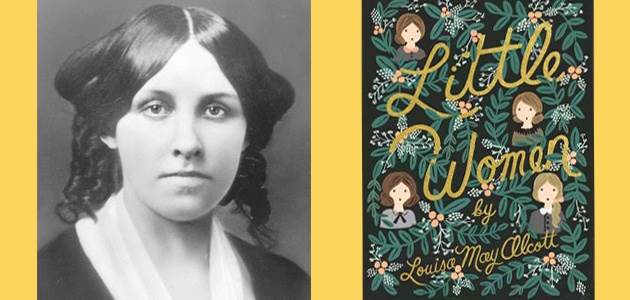
When you hear the name 'Louisa May Alcott', everyone thinks of Little Women (1868).
Nowadays, the book seems rather sweet and old-fashioned - but back then, it made waves.
The family drama was highly unusual for being all about - you guessed it - women. On top of the all-female main cast, the tale was told through the lively and inspiring eyes of Jo: a headstrong tomboy who longs to be a writer and have a career.
No wonder that, outside of writing, Alcott was a social reformer who campaigned tirelessly for women.
2. Ursula K Le Guin
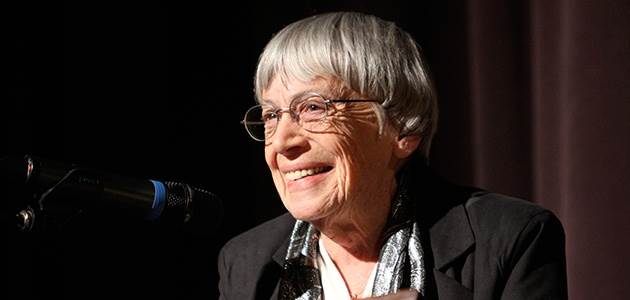
Ursula K Le Guin writes for both children and adults, but her books are always mythic and dreamlike. Some call it 'ethical fantasy', or file them under science fiction.
In the late 1960s, she wrote the children's book A Wizard of Earthsea, which made a world as complex as Middle Earth or Narnia. As well as expanding that universe, she has carried on creating other children's stories and picture books.
Many of these explore gender issues and place female characters at the heart of the action, even back when this was unusual.
3. Judith Kerr
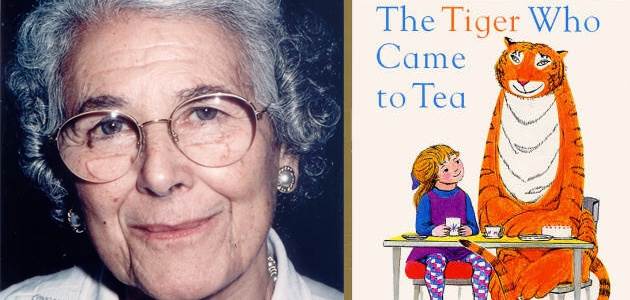
The Tiger Who Came to Tea made Judith Kerr a household name in 1968. Revisiting it now, there is something touching about the way the family welcomes a hungry stranger into their home - especially since Kerr was a child refugee, who fled Hitler's Germany.
Ever since, Kerr has used her fantastic imagination to write and illustrate picture books that capture the highs, lows and in-between moments of family life.
Sometimes this has proven controversial - such as when Mog passes away in Goodbye Mog, or a woman has make-believe adventures with her late husband in My Henry. However, Kerr has the talent to take painful events and turn them into something beautiful and funny for children.
4. Astrid Lindgren
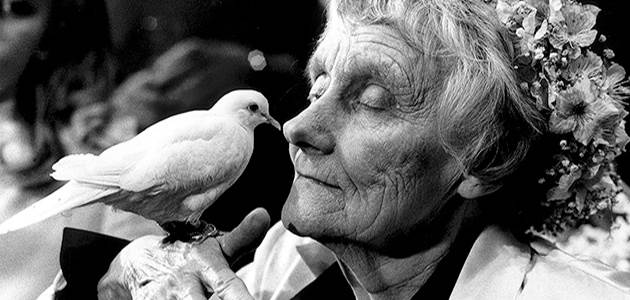
Born in Sweden, Astrid Lindgren rose to fame in 1945 when she created Pippi Longstocking.
Not only are the books completely hilarious, but Pippi was a truly radical character for her time. She is feisty, resourceful and ridiculously strong.
Pippi also showed that it was OK to be different and question authority figures if you think they're in the wrong.
This was an issue close to Lindgren's heart. She was heavily involved in political issues and often challenged the government on the rights of children and animals.
5. Judy Blume
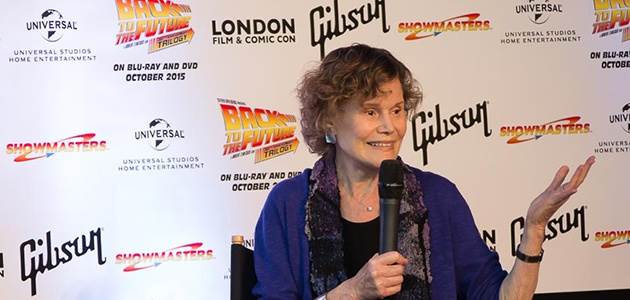
Since the 1960s, Judy Blume's bestselling books (such as her seminal Forever) have tackled the issues that tweens and teens want to know about but are scared to ask: death, sex, body image and periods. The list goes on.
On top of that, Blume often resists a happy ending for her characters - like life, their difficulties do not resolve neatly.
Writing about these things, in this way, has sometimes landed Blume in trouble. School libraries have even refused to stock her books.
Many would argue that Blume has simply tapped into real-life experiences with refreshing honesty. In a sense, she's been an agony aunt for children all over the world.
Topics: Adventure, Love and romance, Classics, Politics/human rights, Sexuality, Features





